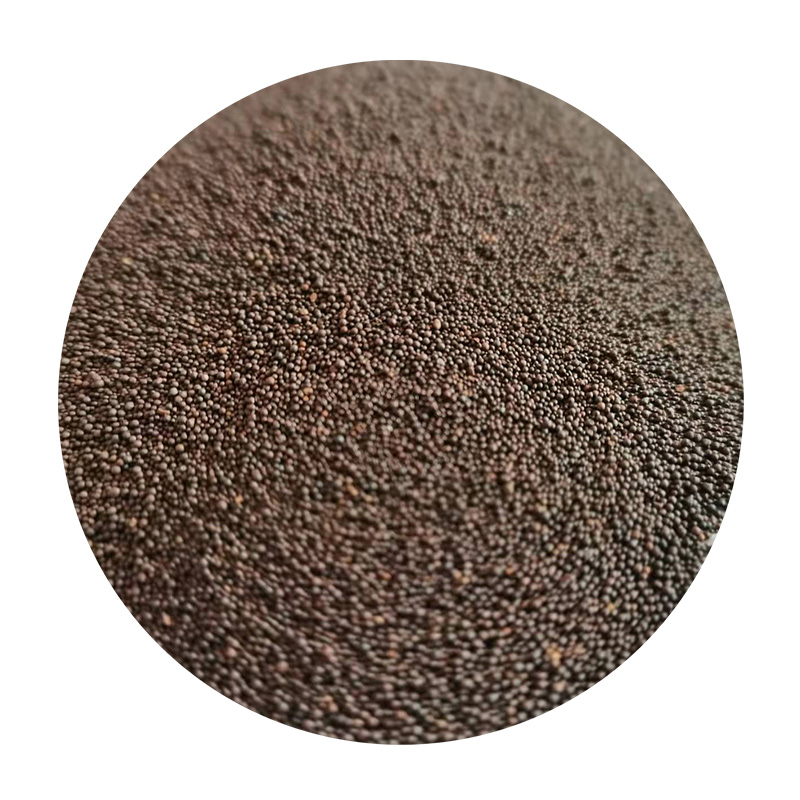Understanding Metal Casting Sand A Key Component in Foundry Processes
Metal casting is a vital manufacturing process used to create a myriad of products, ranging from small parts to large components in industries such as automotive, aerospace, and machinery. One of the critical elements that play a significant role in metal casting is the casting sand. This article delves into the importance of casting sand, its types, properties, and its impact on the overall metal casting process.
Understanding Metal Casting Sand A Key Component in Foundry Processes
There are various types of casting sands utilized in the industry, each with specific properties tailored to particular casting processes. Green sand, for instance, is a mixture of silica sand, clay, water, and organic material. Its name derives from the fact that it is used in a moist condition, allowing for good bonding and flexibility. Green sand casting is favored for its cost-effectiveness and ease of use, particularly in producing large quantities of castings.
metal casting sand

On the other hand, resin-bonded sand is another popular choice, especially for precision castings. This type of sand is coated with a thermosetting resin, which, when heated, hardens to form a solid mold. The advantages of resin-bonded sand include superior dimensional accuracy, surface finish, and the ability to create complex shapes that may be challenging with traditional green sand. However, this material tends to be more expensive, and its environmental impact is a point of consideration in modern foundries.
It is vital for casting sands to possess certain physical and chemical properties to produce high-quality castings. Key properties include grain size, shape, distribution, and permeability. A good casting sand should have the right grain size to provide adequate strength while allowing gases released from the molten metal to escape, preventing defects such as blowholes and pinholes in the casting.
Additionally, the moisture content of the sand is crucial. Proper moisture levels are necessary to ensure the sand particles stick together to form a stable mold. Too little moisture can lead to weak molds that break easily, while too much can cause problems with the metal filling the mold and lead to defects in the finished product.
In conclusion, metal casting sand is an indispensable part of the metal casting process. The choice of sand can greatly influence the quality and characteristics of the final product. As foundries continue to evolve and adopt more sustainable practices, the exploration of alternative materials and technologies in sand casting will likely transform the industry. Understanding the intricacies of casting sand is essential for foundry professionals aiming to optimize their processes and produce high-quality castings efficiently.
Post time:Sen . 26, 2024 04:08
Next:Exploring the Art and Techniques of Sand Casting in Metalworking and Sculpting
